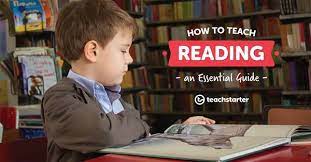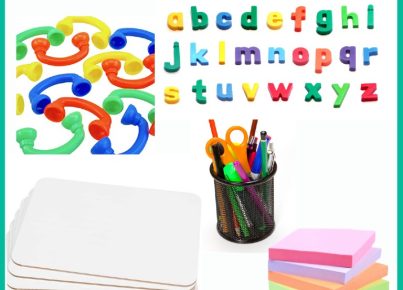Teaching reading is one of the most rewarding challenges that educators and parents can undertake. It is the cornerstone of education and a fundamental skill that unlocks the vast world of knowledge and imagination. Here’s an essential guide to help you navigate the process of teaching reading to children.
Begin with the Basics
Reading begins with understanding the relationship between letters and sounds, known as phonemic awareness. Start by introducing the alphabet and its corresponding sounds through fun activities such as singing alphabet songs, playing phonics games, or using flashcards.
Develop Phonics Skills
Once children recognize letters, focus on phonics—the ability to connect letter symbols with their associated sounds to form words. Utilize workbooks, apps, or engaging online programs that provide systematic instruction in phonics.
Incorporate Plenty of Practice
Practice is crucial in solidifying reading skills. Encourage frequent reading of age-appropriate books. Starting with simple texts helps build confidence as children master basic words before moving on to more complex material.
Focus on Comprehension
Understanding what they read is just as important as the act of reading itself. Ask questions about the story’s characters, settings, and plot to check comprehension and inspire critical thinking.
Make it Enjoyable
Fostering a love for reading from an early age sets the foundation for enthusiastic lifelong readers. Create a cozy reading nook, choose diverse and interesting books, participate in read-aloud sessions, and let children pick books that pique their interest.
Offer Support and Encouragement
Positive reinforcement goes a long way in motivating children. Celebrate small victories and provide gentle guidance through challenges. Avoid criticism that can lead to frustration or reluctance towards reading.
Use Multisensory Approaches
Different children learn best through different senses. Incorporate tactile experiences like tracing sandpaper letters, visual aids like colorful pictures accompanying text, or auditory support like spoken-word recordings.
Be Patient and Consistent
Remember that each child develops at their own pace. Regular practice coupled with patience helps build strong readers over time, not overnight.
Teaching reading is an investment in a child’s future. By employing these strategies consistently and mindfully, you are equipping them with one of life’s most valuable skills.





